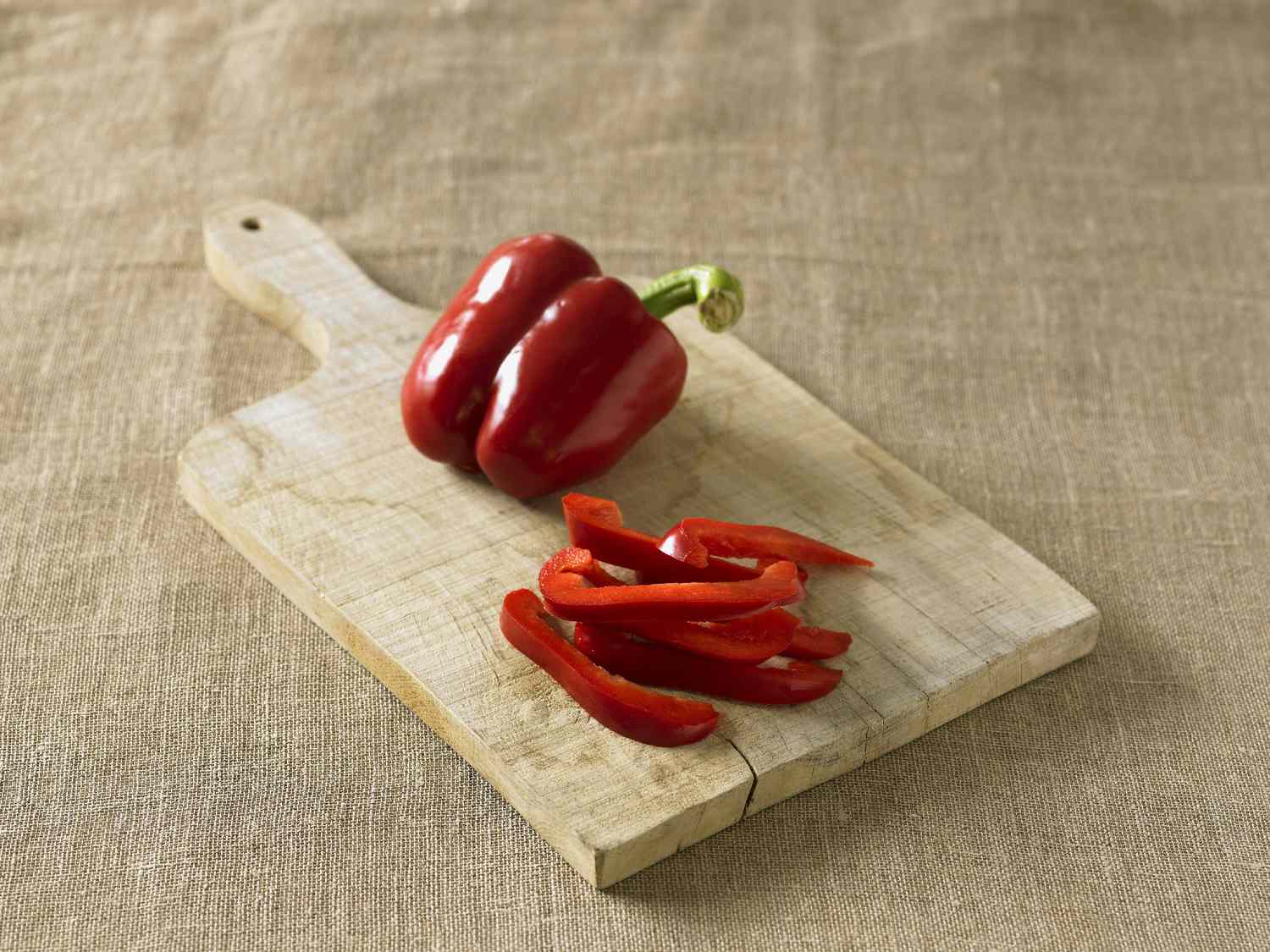

Articles
How To Store A Cut Bell Pepper
Modified: February 23, 2024
Learn the best methods for storing cut bell peppers in this informative article. Keep your peppers fresh and flavorful for longer with these simple tips.
(Many of the links in this article redirect to a specific reviewed product. Your purchase of these products through affiliate links helps to generate commission for Storables.com, at no extra cost. Learn more)
Introduction
Have you ever found yourself with a leftover bell pepper that you don’t want to go to waste? Maybe you only needed a few slices for a recipe and now you’re wondering how to store the rest. Don’t worry, we’ve got you covered. In this article, we will walk you through the steps to properly store a cut bell pepper, ensuring that it stays fresh and ready to use for your next meal.
Storing a cut bell pepper might seem like a simple task, but it’s essential to follow the right steps to maintain its freshness and flavor. By properly cleaning, slicing, and storing the bell pepper, you can prolong its shelf life and avoid wasting this versatile and nutritious vegetable.
So, let’s dive in and learn how to store a cut bell pepper effectively!
Key Takeaways:
- Don’t let leftover bell peppers go to waste! Properly store cut bell peppers in an airtight container in the fridge to extend their shelf life and enjoy their vibrant flavor in various recipes.
- Planning meals in advance? Slice and store bell peppers for convenience and quick meal prep. Follow proper cleaning, slicing, and refrigeration steps to maintain their freshness and nutritional benefits.
Read more: How To Store Cut Bell Peppers
Why Store a Cut Bell Pepper?
There are several reasons why you might want to store a cut bell pepper instead of using it immediately. Here are a few common scenarios:
1. Leftovers from a Recipe: You may have sliced more bell peppers than needed for a particular recipe. Instead of wasting the leftovers, it’s better to store them properly for future use.
2. Meal Prep: Planning your meals in advance can save you time and effort throughout the week. Slicing bell peppers in advance and storing them allows you to easily incorporate them into various dishes, such as salads, stir-fries, or fajitas.
3. Bulk Purchase: If you bought a large quantity of bell peppers and don’t want them to spoil before you can use them all, storing the cut peppers will help extend their shelf life.
4. Convenience: Having pre-cut bell peppers on hand can make cooking quicker and more convenient, especially on busy days when you don’t have much time to spare in the kitchen.
Now that we understand the importance of storing a cut bell pepper, let’s move on to the step-by-step process of how to do it properly.
Step 1: Clean and Dry the Bell Pepper
Before you can store a cut bell pepper, it is crucial to ensure that it is clean and dry. Follow these steps to properly clean and prepare the bell pepper:
1. Wash the Bell Pepper: Rinse the bell pepper under cold water to remove any dirt or debris. Gently rub the surface of the pepper with your fingers to ensure all sides are clean.
2. Dry the Pepper: After washing, pat the bell pepper dry with a clean kitchen towel or paper towel. Moisture can lead to the growth of bacteria, so it’s essential to remove any excess water.
3. Remove the Stem and Seeds: Cut off the stem of the bell pepper and discard it. Open the pepper by cutting it in half lengthwise. Use a knife or your fingers to remove the seeds and white membrane from the inside of the pepper.
4. Slice the Bell Pepper: Depending on your preference, you can slice the bell pepper into strips, cubes, or any other desired shape. Make sure to use a sharp knife to create clean slices, which will help maintain the pepper’s texture and prevent it from getting mushy during storage.
Remember, it’s important to start with a clean and dry bell pepper to maintain its freshness and prevent any potential contamination. Once the bell pepper is clean and sliced, we can move on to the next step: storing it properly.
Step 2: Slice the Bell Pepper
Once you have cleaned and dried the bell pepper, it’s time to slice it. Follow these steps to achieve evenly sliced bell pepper pieces:
1. Choose the Right Knife: When slicing a bell pepper, it’s important to use a sharp knife that will glide through the pepper easily. A chef’s knife or a serrated knife works well for this purpose. Avoid using a dull knife, as it can lead to uneven slices and make the process more challenging.
2. Decide on the Slice Thickness: Determine the desired thickness of the bell pepper slices based on your personal preference or the recipe you plan to use them in. Generally, slices that are around ¼ to ½ inch thick work well for most dishes.
3. Start at the Top: Hold the bell pepper upright with one hand, making sure to grip it firmly. Begin slicing from the top near the stem end, moving the knife downwards in a smooth and steady motion. Take your time to ensure that each slice is even and consistent.
4. Remove the Seeds and Membrane: As you slice the bell pepper, you may encounter seeds or remnants of the white membrane. Remove them with your fingers or the tip of the knife as you go along. This will help maintain the bell pepper’s quality and prevent any bitterness.
5. Adjust the Slicing Technique: If you prefer bell pepper strips, continue slicing along the sides of the pepper. For diced peppers, crosscut the slices into smaller, evenly sized pieces. Adjust your slicing technique according to your intended use for the bell peppers.
By following these steps, you can achieve evenly sliced bell pepper pieces that are not only visually appealing but also easy to use in a variety of recipes. Once you have finished slicing the bell pepper, it’s time to move on to the next step: storing it properly.
After cutting a bell pepper, store it in an airtight container or resealable bag in the refrigerator. Adding a paper towel to absorb excess moisture can help keep it fresh for longer.
Step 3: Store in an Airtight Container
After slicing the bell pepper, it’s crucial to store it properly to maintain its freshness and prevent moisture loss. Follow these steps to store the cut bell pepper in an airtight container:
1. Select the Right Container: Choose a clean and preferably transparent container that is just the right size to accommodate the sliced bell pepper without leaving too much empty space. It’s best to use an airtight container with a secure lid to prevent air exposure and maintain the pepper’s quality.
2. Arrange the Sliced Bell Pepper: Place the sliced bell pepper pieces into the container, ensuring they are evenly spread out and not overly compressed. It’s essential to avoid overcrowding the container, as this can lead to moisture buildup and affect the peppers’ quality.
3. Add a Moisture Absorber (Optional): If desired, you can include a moisture absorber in the container to help prevent the sliced bell pepper from becoming soggy. Silica gel packets or a clean paper towel can be used as effective moisture absorbers.
4. Seal the Container: Ensure that the container’s lid is tightly closed to create an airtight seal. This will prevent air from entering the container and help keep the bell peppers fresh for a longer period.
5. Label and Date the Container: To keep track of the storage duration, label the container with the date it was stored. This will help you identify the freshness of the cut bell pepper and use it within the recommended time frame.
Properly storing the cut bell pepper in an airtight container will help maintain its texture and flavor for an extended period. With this step complete, we can move on to the next crucial step: refrigerating the cut bell pepper.
Read more: How To Store Cut Up Bell Peppers
Step 4: Refrigerate the Cut Bell Pepper
Now that the cut bell pepper is properly stored in an airtight container, it’s time to refrigerate it to keep it fresh and extend its shelf life. Follow these steps to refrigerate the cut bell pepper:
1. Place the Container in the Refrigerator: Find a designated spot in your refrigerator where you can keep the container of sliced bell pepper. Choose a spot that has a consistent temperature and is away from direct sources of cold air, such as the freezer vent.
2. Keep at the Ideal Temperature: Bell peppers prefer cooler temperatures to maintain their freshness. The ideal temperature range for storing cut bell peppers is between 40°F (4°C) and 45°F (7°C). Avoid placing the container near the refrigerator door, as temperature fluctuations can occur when the door is opened and closed frequently.
3. Avoid Cross-Contamination: It’s crucial to ensure that the container of cut bell peppers is stored away from raw meats, poultry, or any other foods that may pose a risk of cross-contamination. This will help maintain the quality and safety of the bell peppers.
4. Minimize Exposure to Light: While bell peppers can tolerate some light exposure, it’s best to minimize their exposure to direct light. Store the container in a darker part of the refrigerator, such as a lower shelf or vegetable drawer, to prevent discoloration and moisture loss.
5. Check and Rotate: Periodically check the sliced bell pepper container to ensure there are no signs of spoilage or moisture buildup. If any slices appear slimy, discolored, or have an off-smell, discard them immediately. Additionally, rotate the container every few days to prevent condensation from collecting in one area.
By refrigerating the cut bell pepper, you can maintain its freshness and quality for up to 3-5 days. Remember to handle the bell pepper slices properly during usage to avoid any potential foodborne illnesses. With this step complete, we move on to the final step: proper handling and usage of the stored bell pepper.
Step 5: Proper Handling and Usage
Now that you have successfully stored the cut bell pepper and refrigerated it, it’s time to understand how to handle and use the stored bell pepper properly to ensure the best results:
1. Thawing Frozen Bell Pepper: If you have frozen the cut bell pepper, it’s essential to thaw it properly before using it. Transfer the container from the freezer to the refrigerator and allow it to thaw slowly overnight. Avoid thawing at room temperature, as it can lead to texture and flavor loss.
2. Use Within the Recommended Time Frame: It’s important to use the stored cut bell pepper within the recommended time frame to ensure optimal quality and freshness. Generally, it’s best to consume the bell pepper slices within 3-5 days of refrigeration. Discard any slices that show signs of spoilage, such as mold, mushiness, or a foul odor.
3. Incorporate Into Recipes: Utilize the stored bell pepper slices in various recipes to add flavor and color to your dishes. They can be great additions to stir-fries, salads, pasta dishes, omelets, quesadillas, or sandwiches. Get creative and experiment with different culinary creations.
4. Refresh the Texture: If the bell pepper slices have lost some of their crispness during storage, you can refresh their texture by briefly immersing them in ice water for a few minutes. This will help regain some of their crispiness before using them in your recipes.
5. Proper Portioning: Take out only the amount of bell pepper slices you need for your recipe or meal. This will prevent unnecessary exposure to air and moisture, preserving the quality of the remaining slices.
Remember to handle the cut bell peppers with clean hands and utensils to avoid any potential contamination. Wash your hands thoroughly before and after handling the bell peppers and ensure that your utensils and cutting surfaces are properly cleaned and sanitized.
By following these proper handling and usage guidelines, you can fully maximize the benefits of your stored cut bell peppers and enjoy their fresh taste and vibrant color in your culinary endeavors.
Conclusion
Storing a cut bell pepper properly is essential to prevent waste and ensure its freshness for future use. By following the step-by-step process outlined in this article, you can prolong the shelf life of the bell pepper slices and maintain their flavor and texture.
Start by cleaning and drying the bell pepper, removing any seeds and stems. Then, slice the bell pepper into your desired shape and size. Next, store the slices in an airtight container, ensuring proper spacing and adding a moisture absorber if desired. Refrigerate the container at the appropriate temperature to maintain freshness and prevent moisture loss.
When it comes time to use the stored bell pepper slices, handle them carefully and thaw frozen slices properly. Incorporate the slices into your favorite recipes, refreshing their texture if needed. And always remember to practice good hygiene and proper portioning to prevent any potential contamination.
By following these steps and guidelines, you can make the most of your cut bell peppers, avoiding waste and enjoying their vibrant flavor and nutritional benefits in your cooking. So, the next time you find yourself with some leftover bell pepper, don’t let it go to waste—store it properly and get creative in the kitchen!
Frequently Asked Questions about How To Store A Cut Bell Pepper
Was this page helpful?
At Storables.com, we guarantee accurate and reliable information. Our content, validated by Expert Board Contributors, is crafted following stringent Editorial Policies. We're committed to providing you with well-researched, expert-backed insights for all your informational needs.
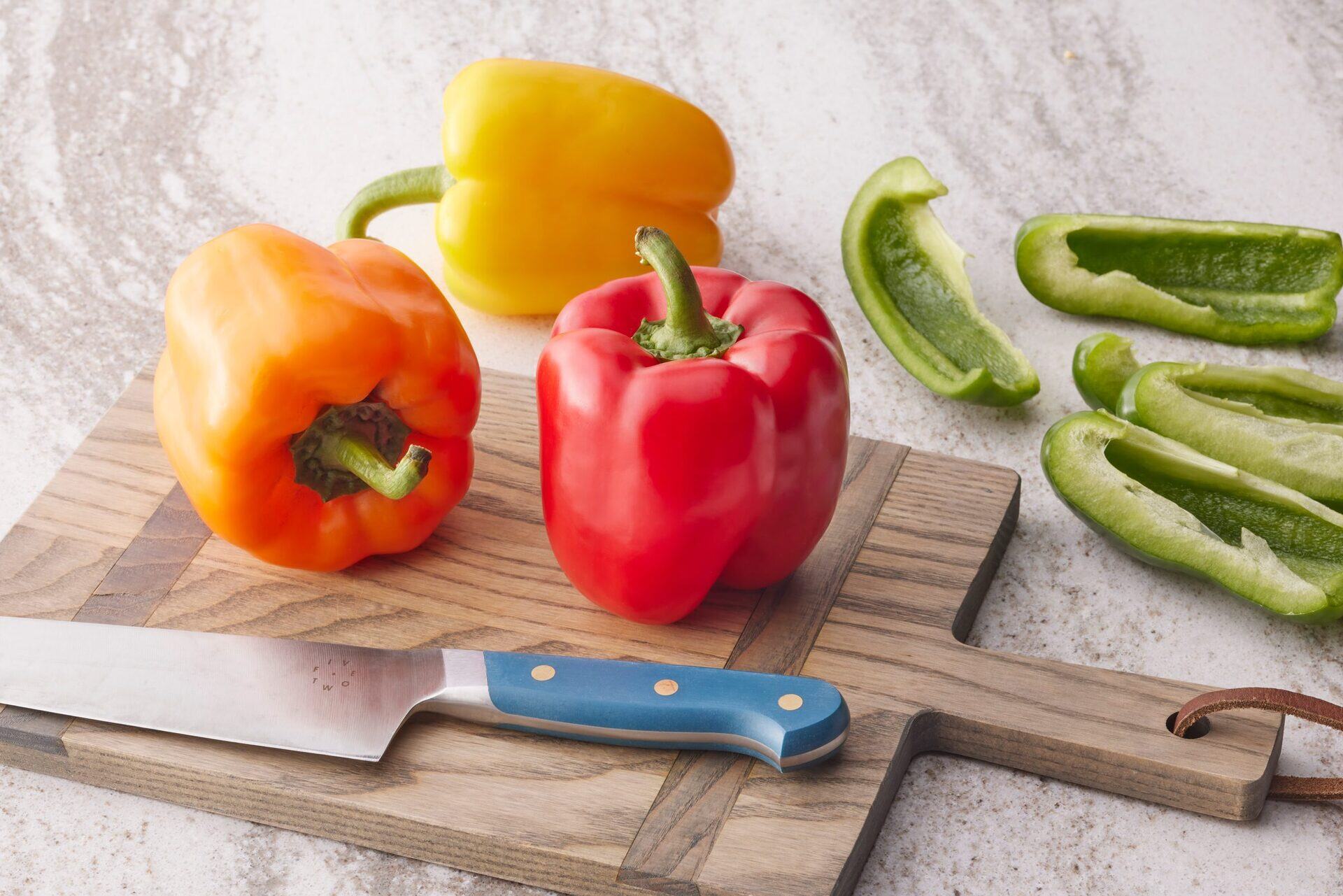
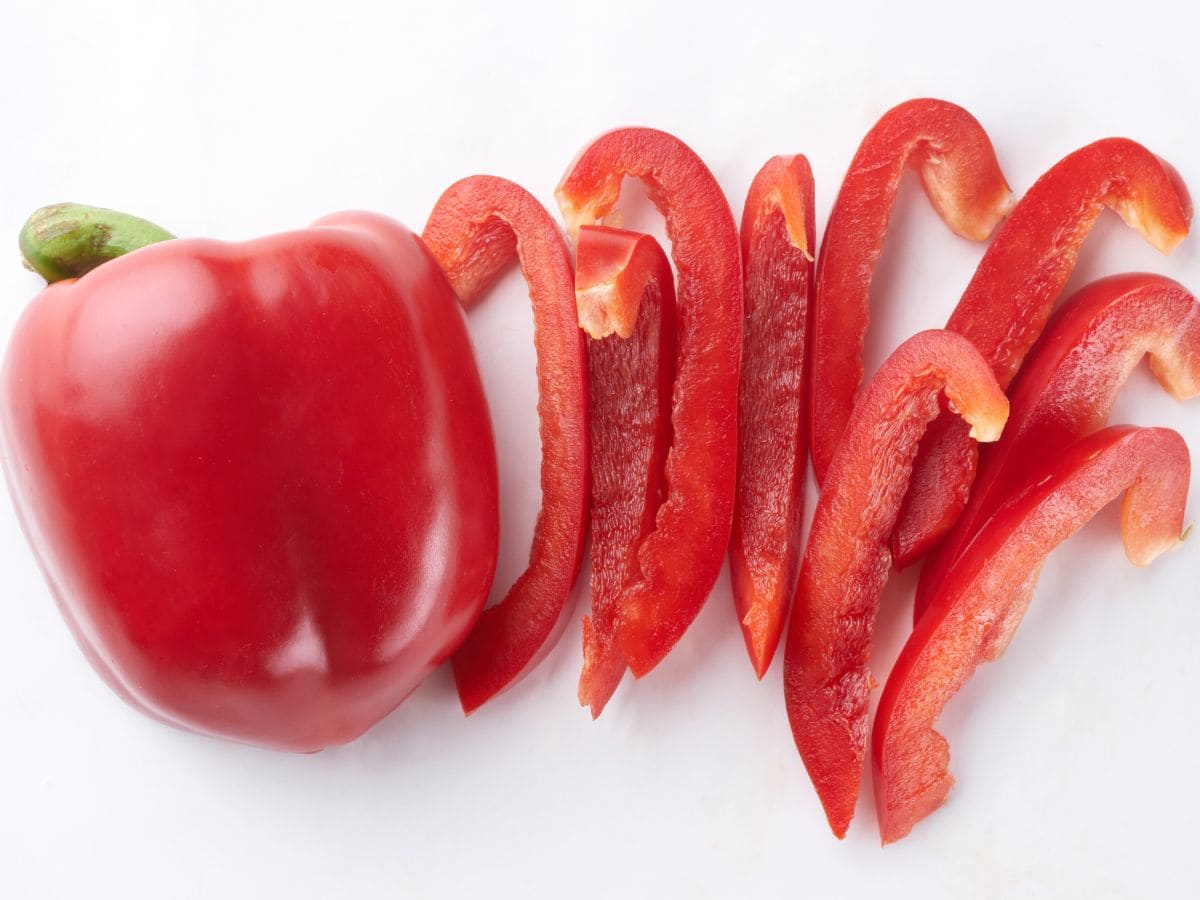
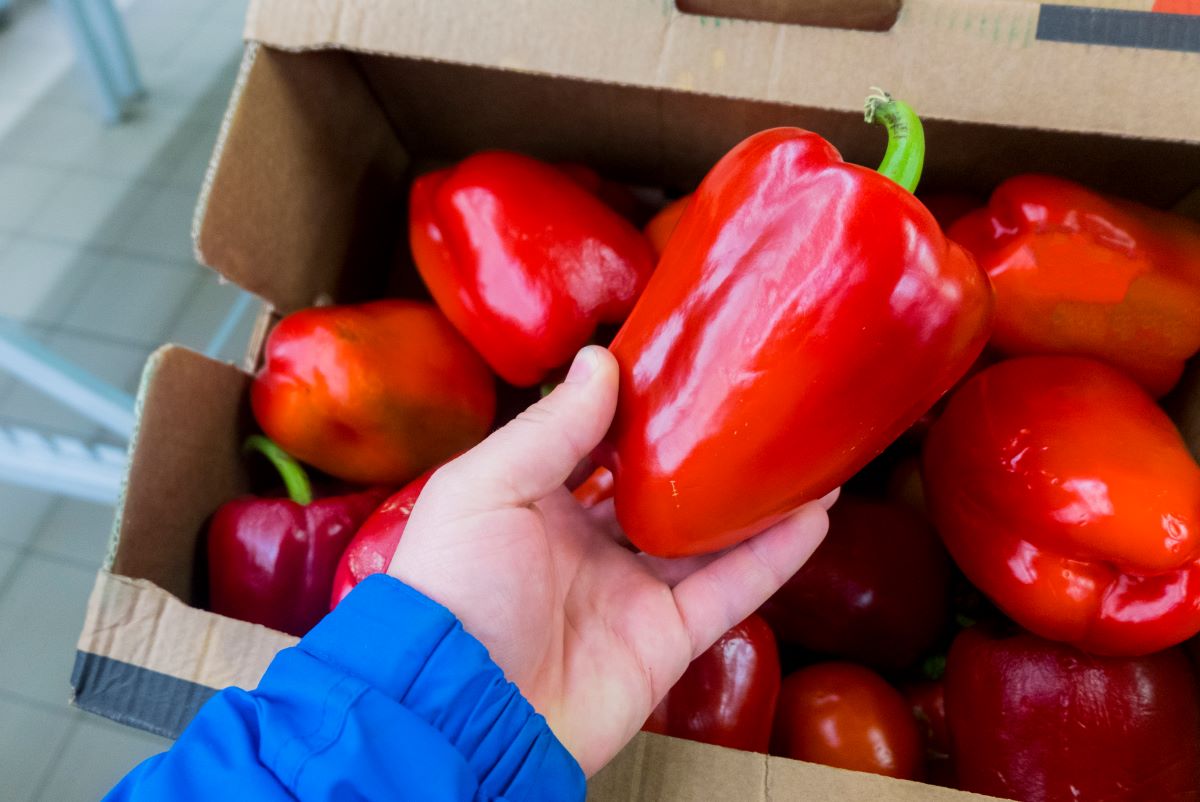
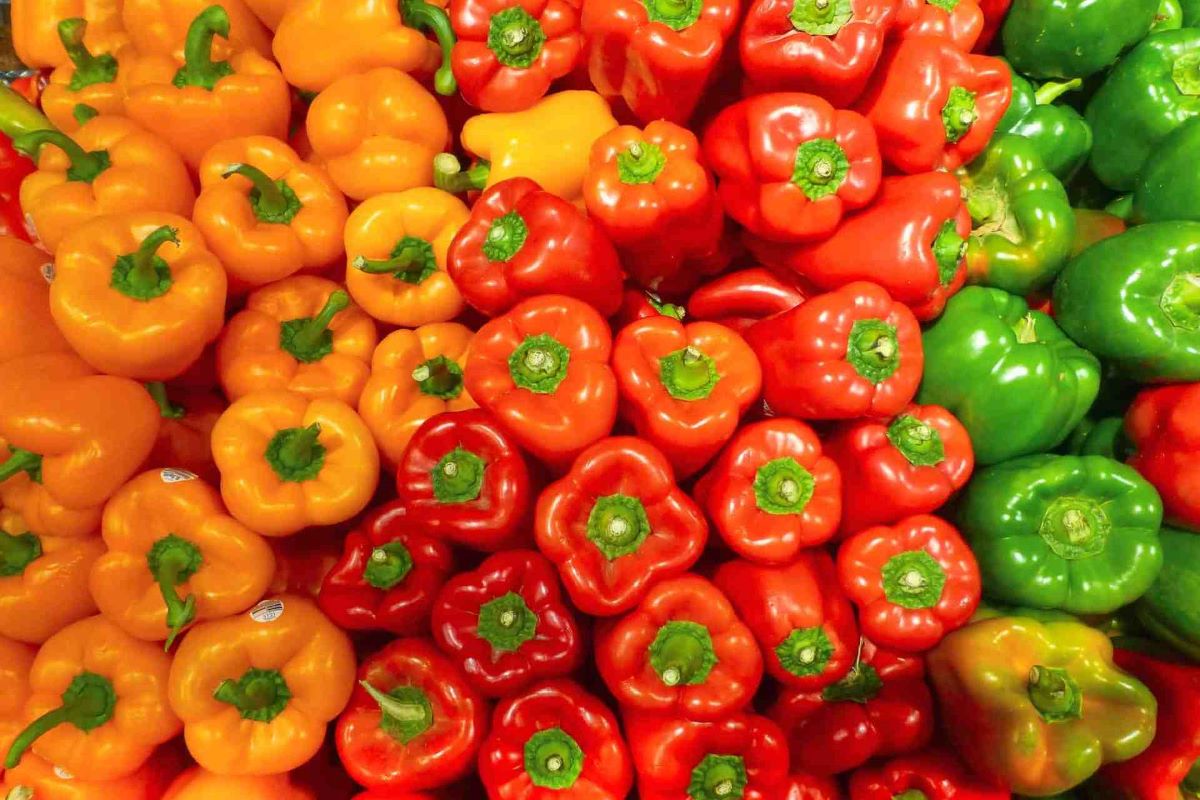
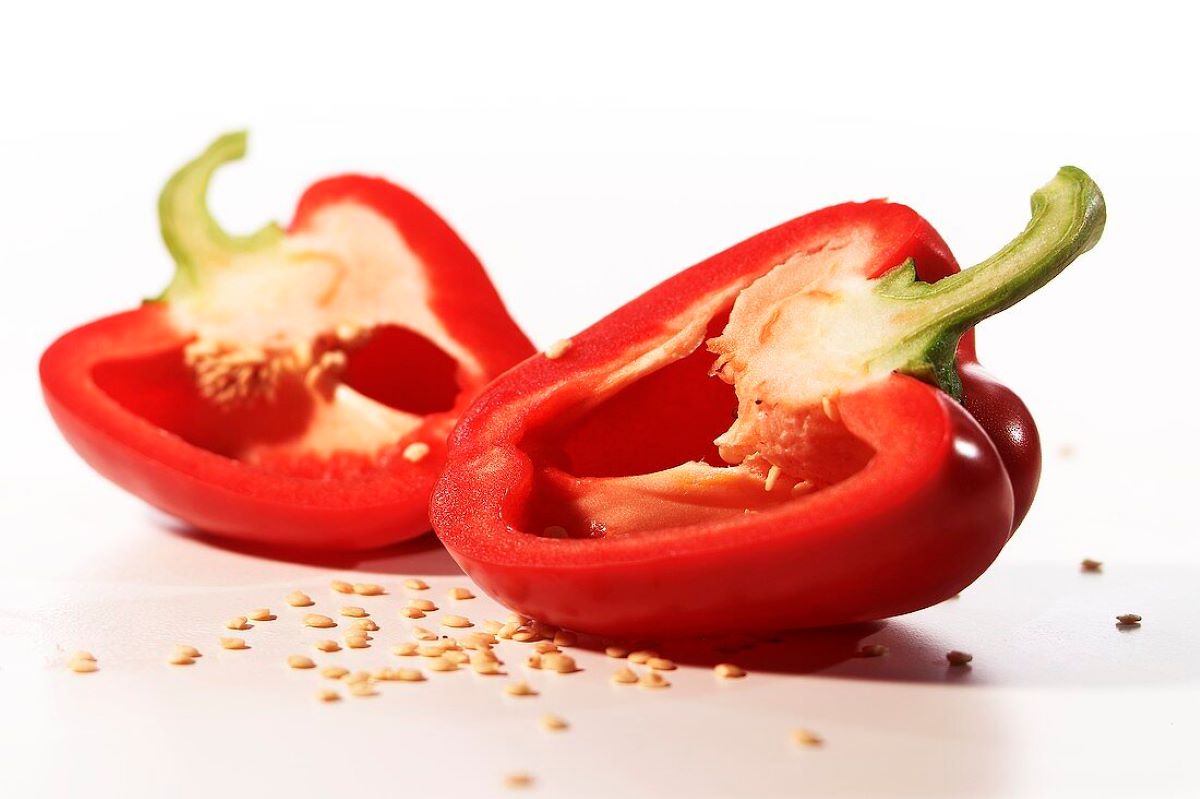
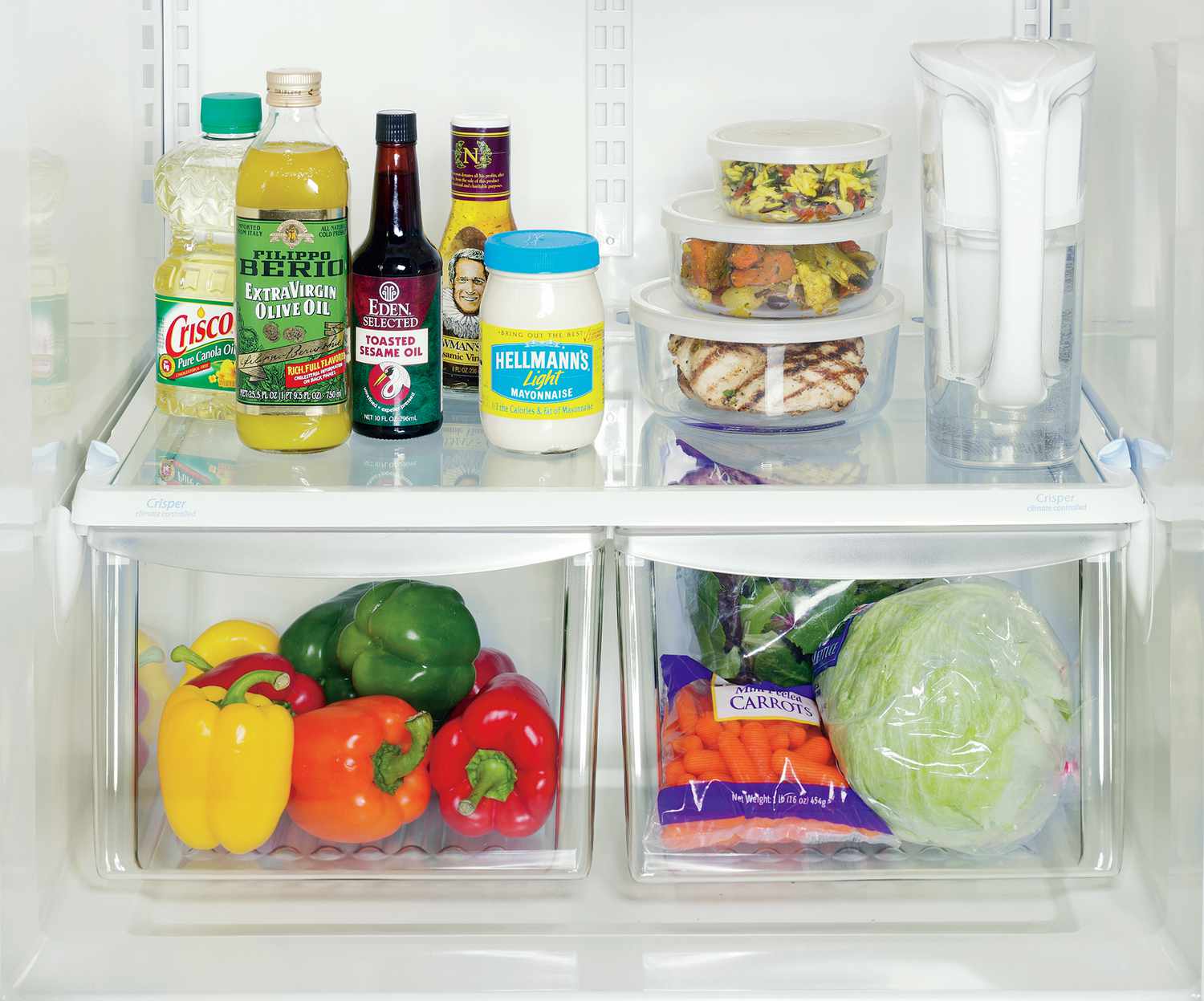
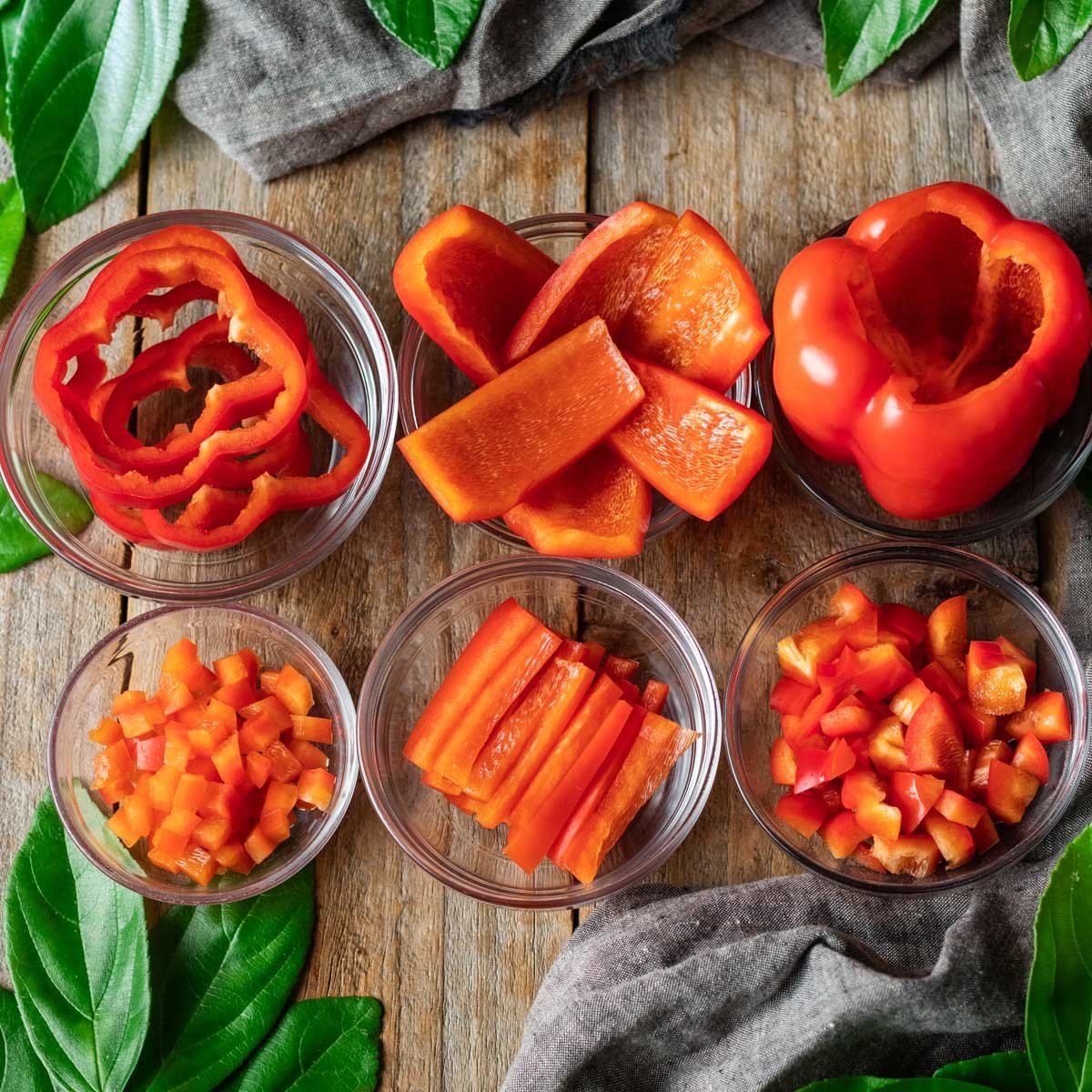
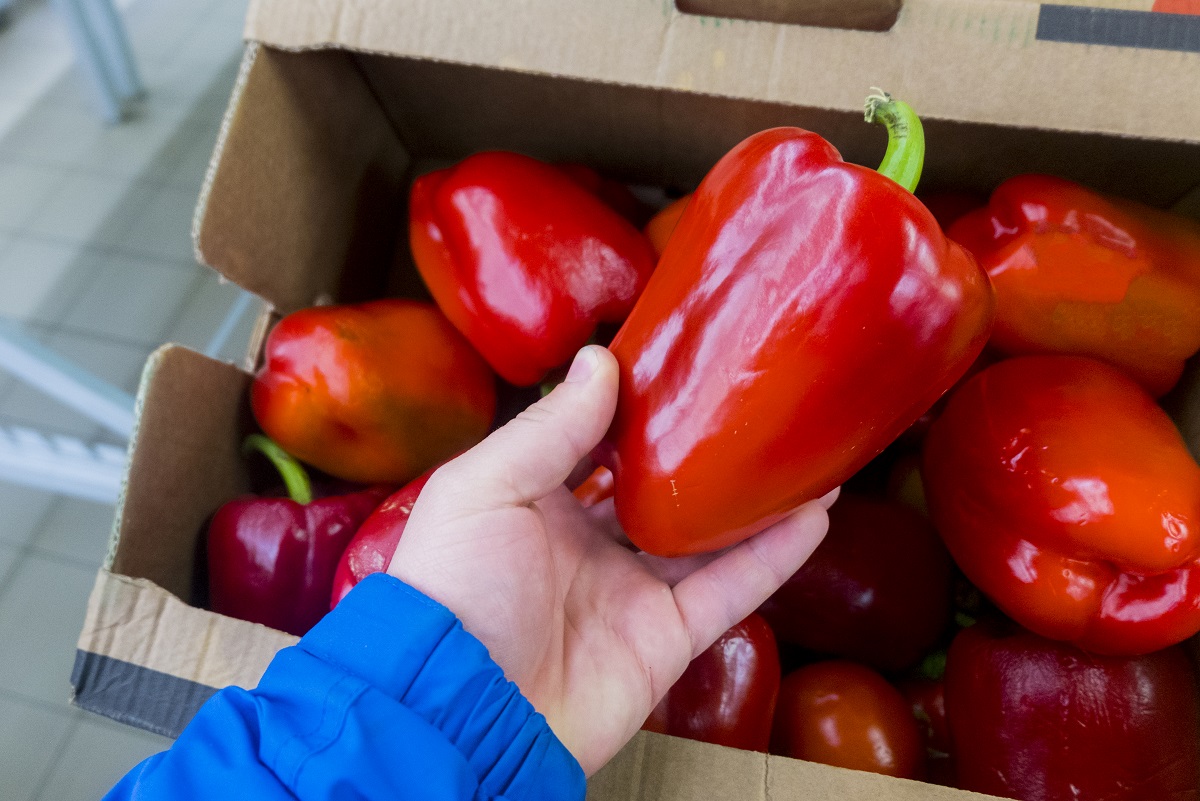
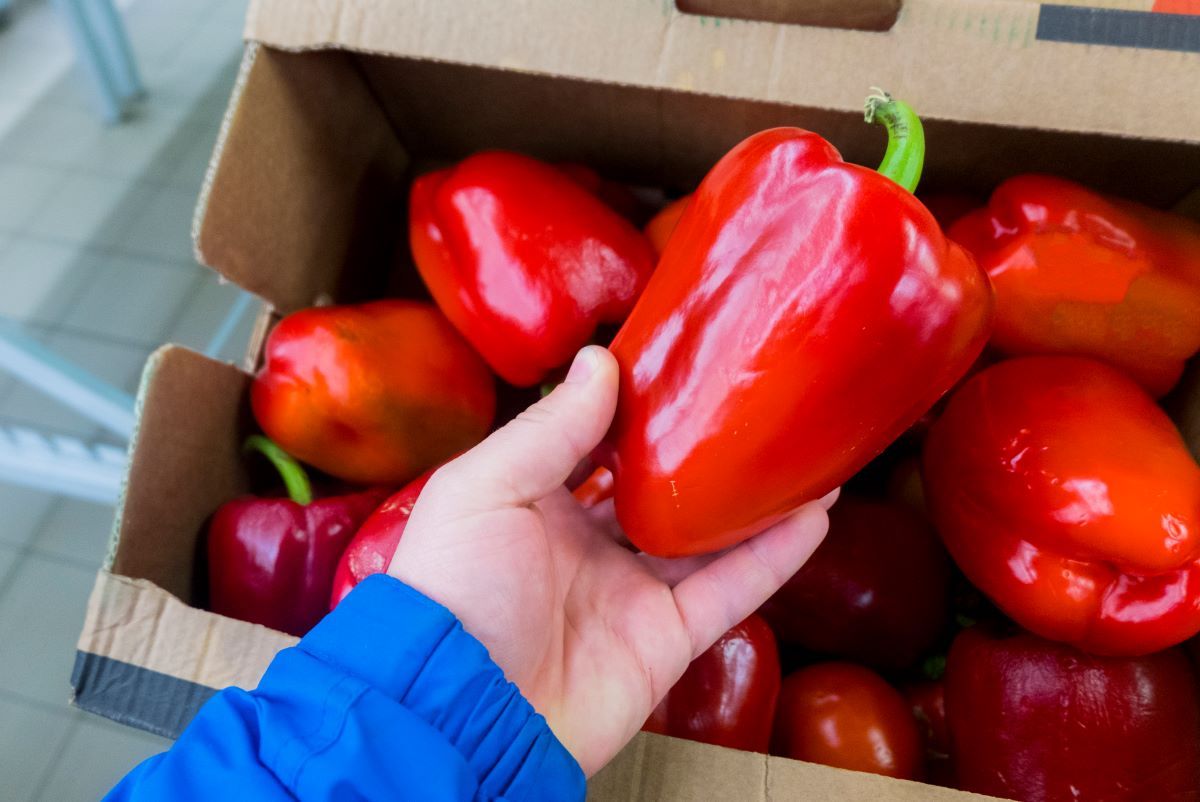
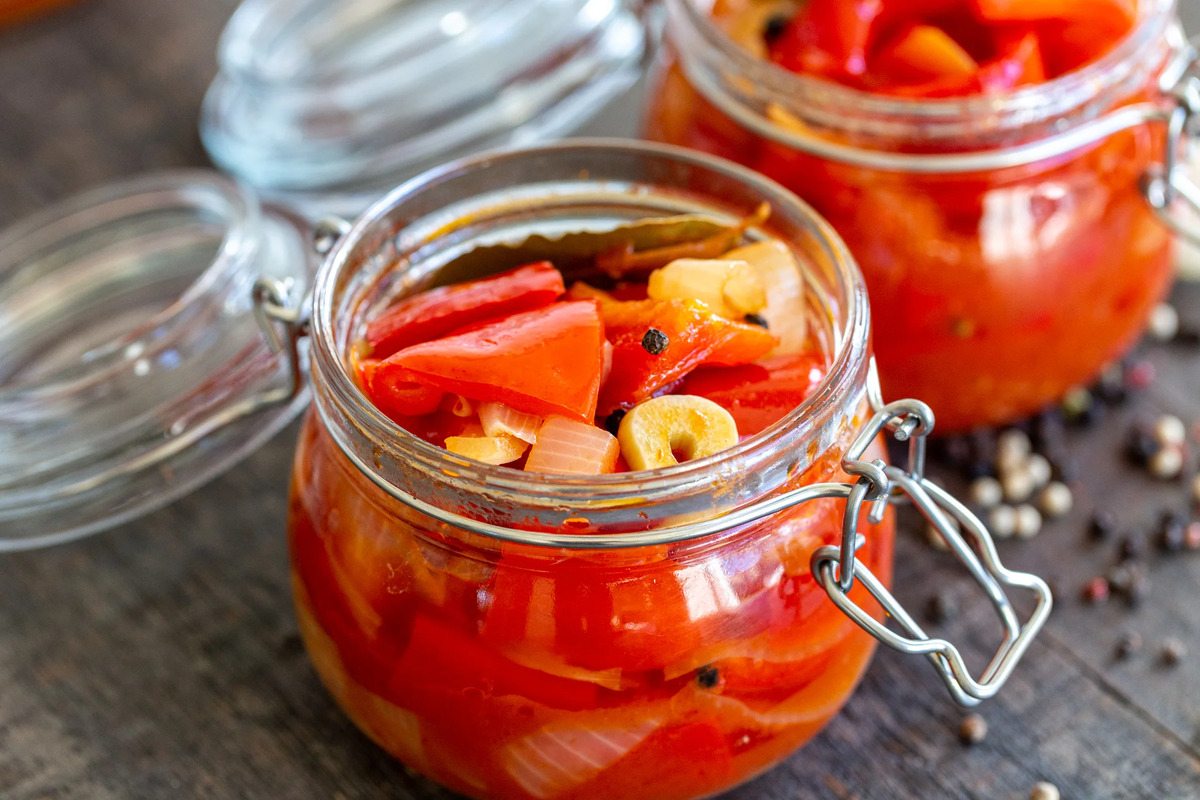
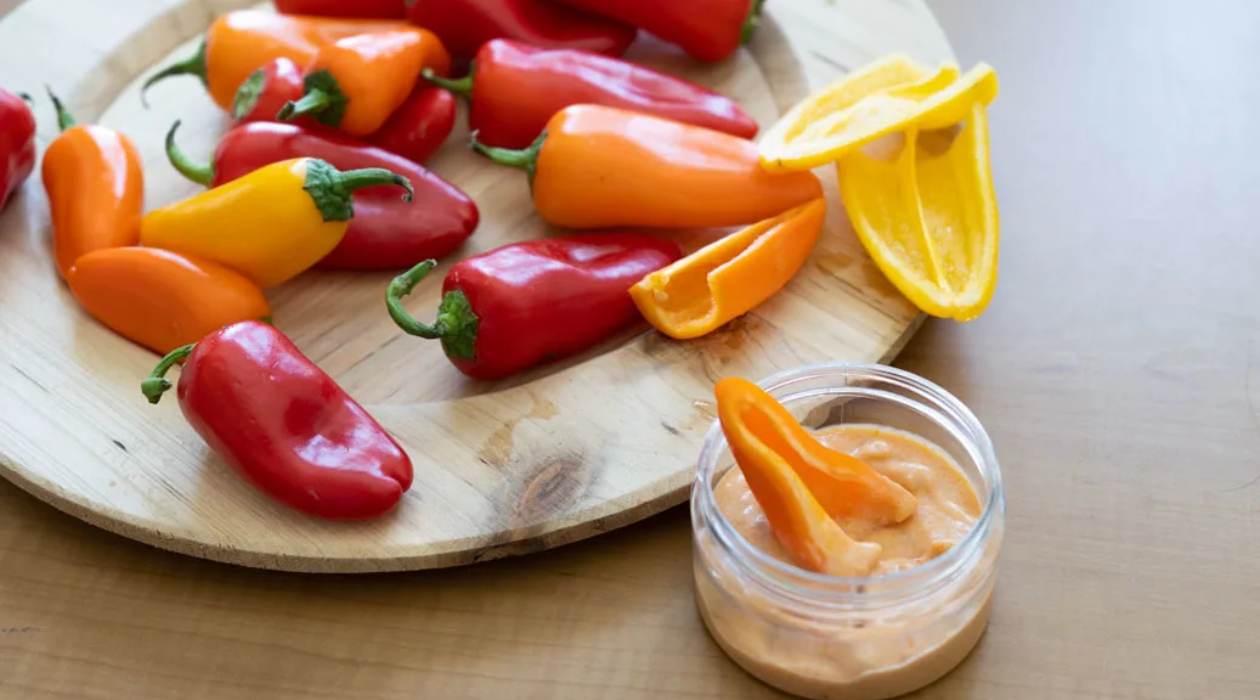
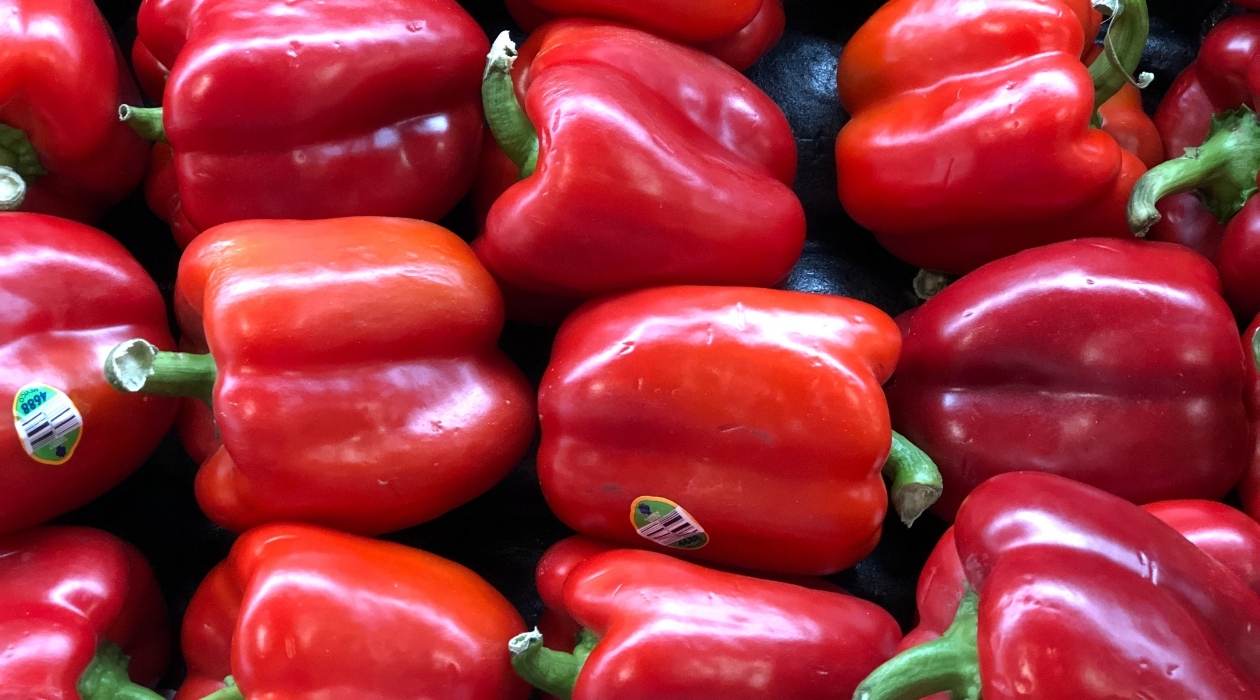
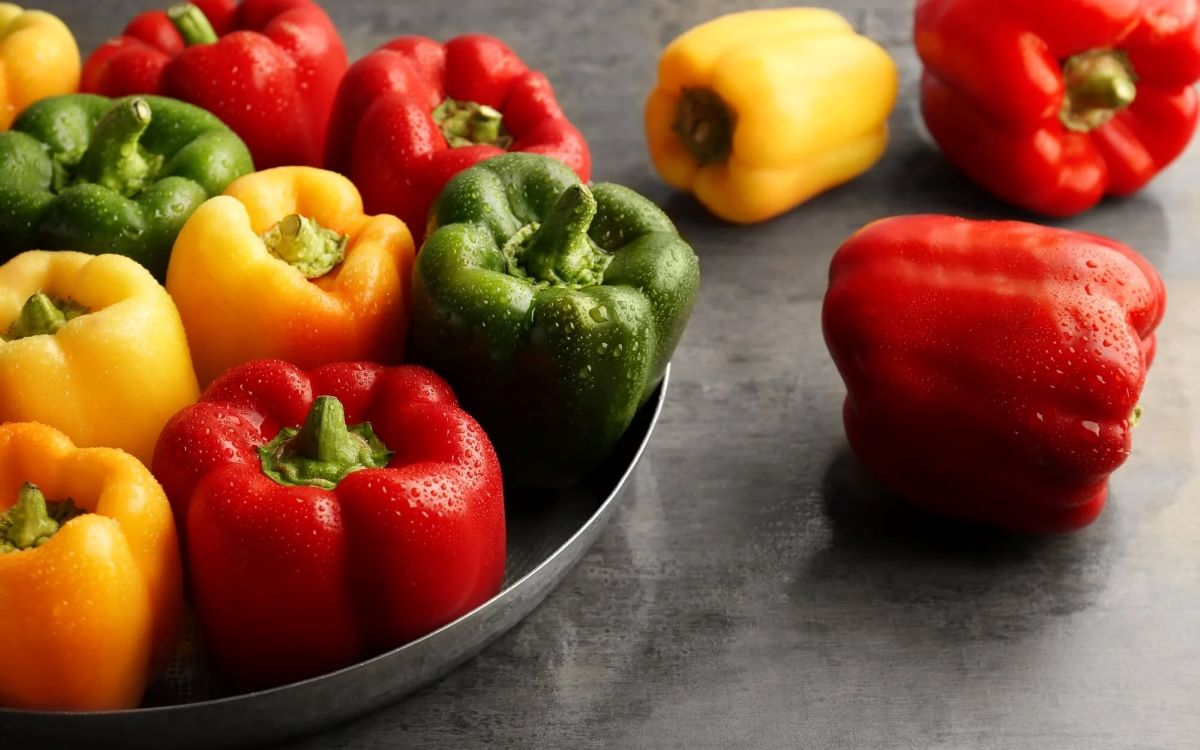
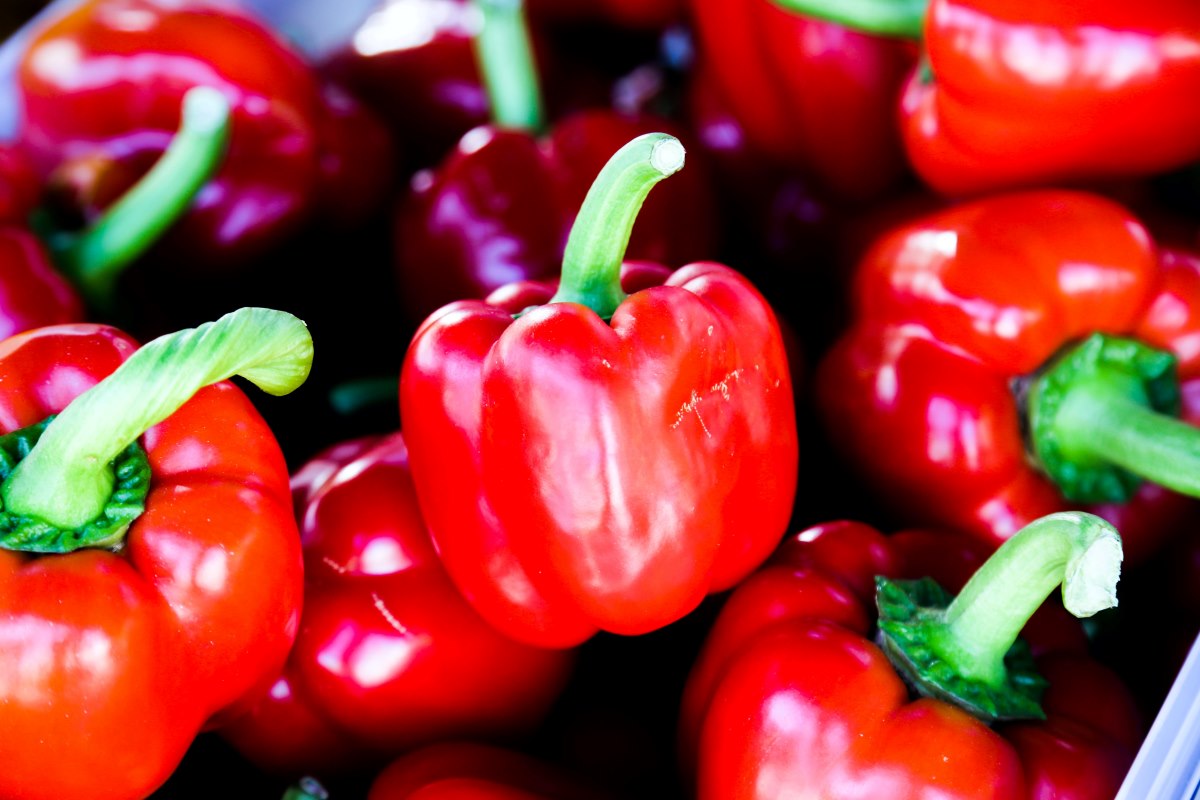

0 thoughts on “How To Store A Cut Bell Pepper”